“That’s great…in theory.”
We’ve all heard it – the insinuation that an idea is flawed because there doesn’t seem to be a real-life example of success.
First steps
In the spring of 2017, Proportion-Air staff worked with Purdue University’s Dr. Jose Garcia, an assistant professor in engineering technology, to create a new experience for an existing lab. The lab familiarized students with electro-pneumatic pressure regulators (EPRs). It was one of several in MET 230, an introductory fluid power course.
While student feedback was positive for the re-designed lab, it seemed like a better way to engage them must exist. That’s where the capstone idea came in: Why not have a team of students design a modular lab and curriculum with our help?
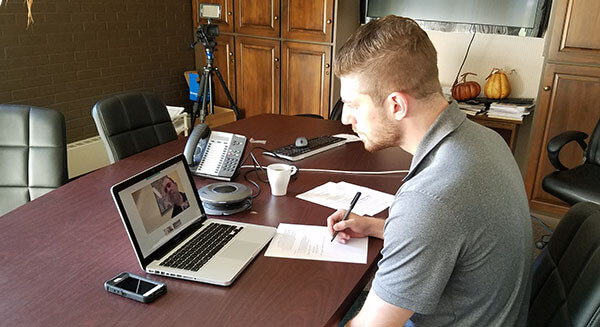
How a capstone project works
Many students in the Purdue Polytechnic Institute – formerly the Purdue College of Technology – must complete a capstone project to graduate. Capstones are year-long projects that tackle real-world challenges identified by a sponsoring company. Students choose a capstone they are interested in from a catalog. We described our project as an extension of the spring 2017 course re-design. It should go beyond showing control with EPRs and explore how electronics, actuators and sensors can help achieve closed-loop control.
To accomplish this, students are tasked with designing and building an educational package, including a curriculum. The project was limited to a four-student team, two studying electrical engineering technology and two studying mechanical engineering technology or manufacturing engineering technology. You’ll meet the students in future posts.
After they signed up for the project, each student took a role: team leader, budget manager, project manager and secretary. They began laying out the timeline, identifying several milestones, known as “gates,” to organize the process. The team completed the first gate in late September. It included creating a problem statement and a matrix outlining the team’s expected needs.
The team meets weekly with our staff, either online or in person, to discuss progress and ask questions.
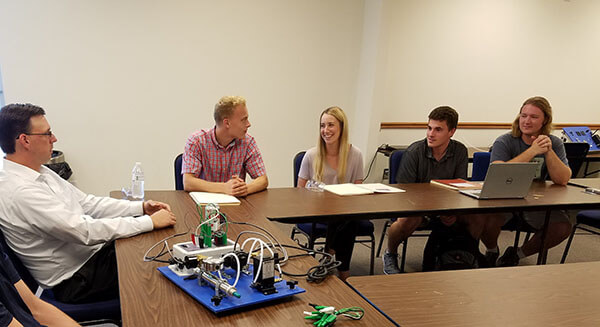
What’s next
The student team and a member of our staff head to Florida this weekend to visit company president and founder Dan Cook at his workshop. They’ll work with him to develop ideas for different labs to include in their curriculum.
Gate 2 is due at the end of October. The students will propose designs and develop a matrix for grading which is strongest. Keep following for updates on the project and get to know the students involved.

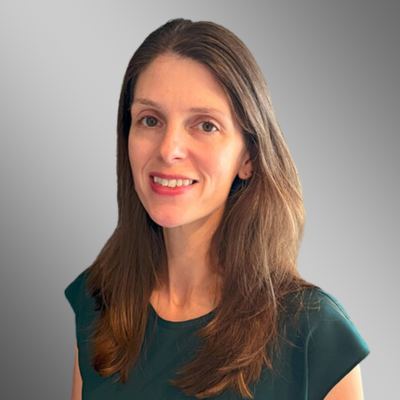
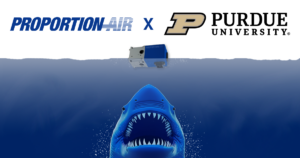 Purdue’s Mechanical Megalodon Senior Capstone Project Taking Shape
Purdue’s Mechanical Megalodon Senior Capstone Project Taking Shape 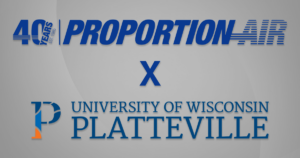 University of Wisconsin & Proportion-Air – Manual Regulator Senior Capstone Project Team
University of Wisconsin & Proportion-Air – Manual Regulator Senior Capstone Project Team 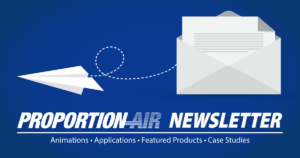 February Newsletter: Medical Device Manufacturing
February Newsletter: Medical Device Manufacturing